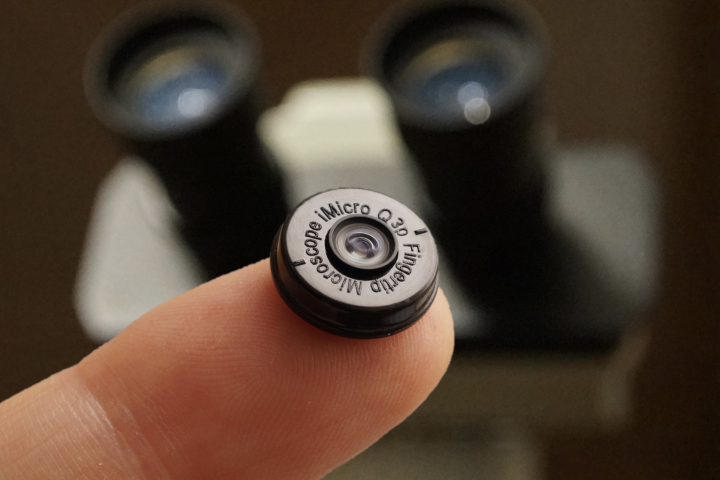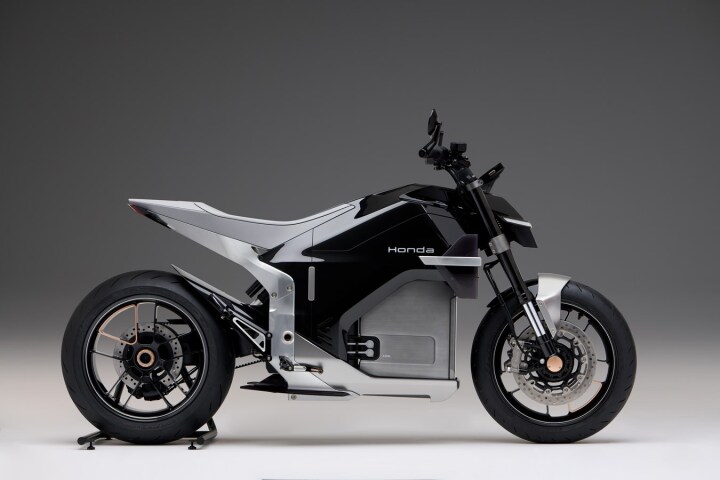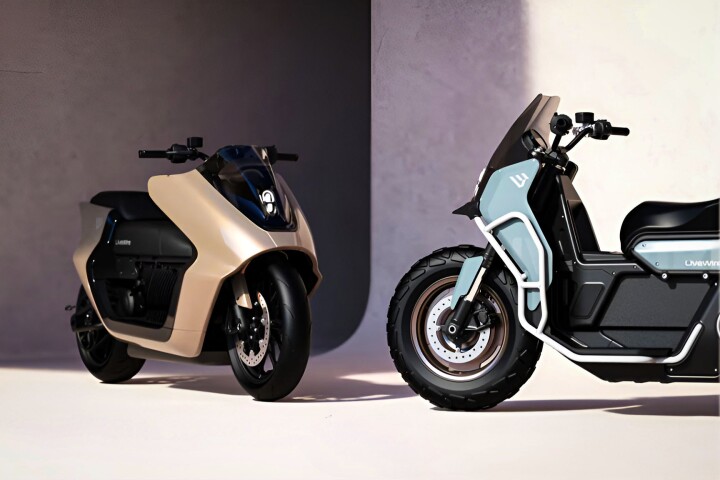The Ocean Cleanup's trash-collecting barriers have been through a number of iterations since their conception around five years ago. The latest, and final version that will be towed out to the Great Pacific Garbage Patch later in the year, cleverly harnesses the power of wind and surface waves to autonomously sweep through the area, gathering up plastic waste as it goes.
Some serious research and development has gone into perfecting the team's approach to the monumental problem of plastic waste in the ocean. It originally involved using stationary booms and the ocean's natural currents to passively collect the plastic that washed into its waiting arms.
Those booms were going to be held in place by anchors on the seafloor at a depth of around 4 km (2.5 mi), but this would have made the system very vulnerable to storms (plus the fact that kind of depth goes far beyond what is currently possible in terms of mooring).
A recent redesign imagined still using anchors, but hanging them from the system at a depth of around 600 m (2,000 ft). This would allow the system to drift along with the current, but more slowly than the plastic waste, which would then accumulate in the slow-moving skirts that hang below the floating booms.
But the team underestimated the impact wind, and the surface waves it creates, would have on the system. During testing it found that these could often combine to drive the u-shaped barriers through the water faster than the plastic, which would bounce off the outside rather than build up on the inside. So the team flipped things around and dropped the anchor entirely, because if you boil it down, a difference in speed between the barriers and the plastic they are trying to collect is what the system ultimately needs.

Below the surface of the water, the current moves both the system and the plastics along at the same speed. But above the surface, the winds and surface waves combine to propel the system along much faster than the plastic.
So rather than having the u-shaped barrier wait while the faster-moving plastic washes into its arms, it has been flipped around to play a more active role. Driven by the wind and waves, the system will power around the Great Pacific Garbage Patch gathering plastic like a "giant wind-and-wave-powered Pac-Man," as described by CEO Boyan Slat.
The skirt hangs three meters (10 ft) below the surface in the center of the system, but tapers off towards the ends. This means the center encounters more resistance in its center and will always lag behind, keeping the streamlined edges out ahead and the u-shaped mouth open and waiting.
Plastic waste collected by the system will be hauled away by a vessel every few months, and taken to land to be recycled. The system is modular, so the team says it can be refined and scaled up over time. The finishing touches are now being added to the first system, with a final round of testing to play out before it launches for the Great Pacific Garbage Patch later in the year.
All electronics of the Ocean Cleanup's system, such as sensors, cameras, lights, navigation modules and satellite antennas, are powered by solar energy. It plans to deploy 60 of them in total, which it expects to clean up 50 percent of the Great Pacific Garbage Patch every five years. The video below provides an overview of the final design.
Source: Ocean Cleanup Project

















